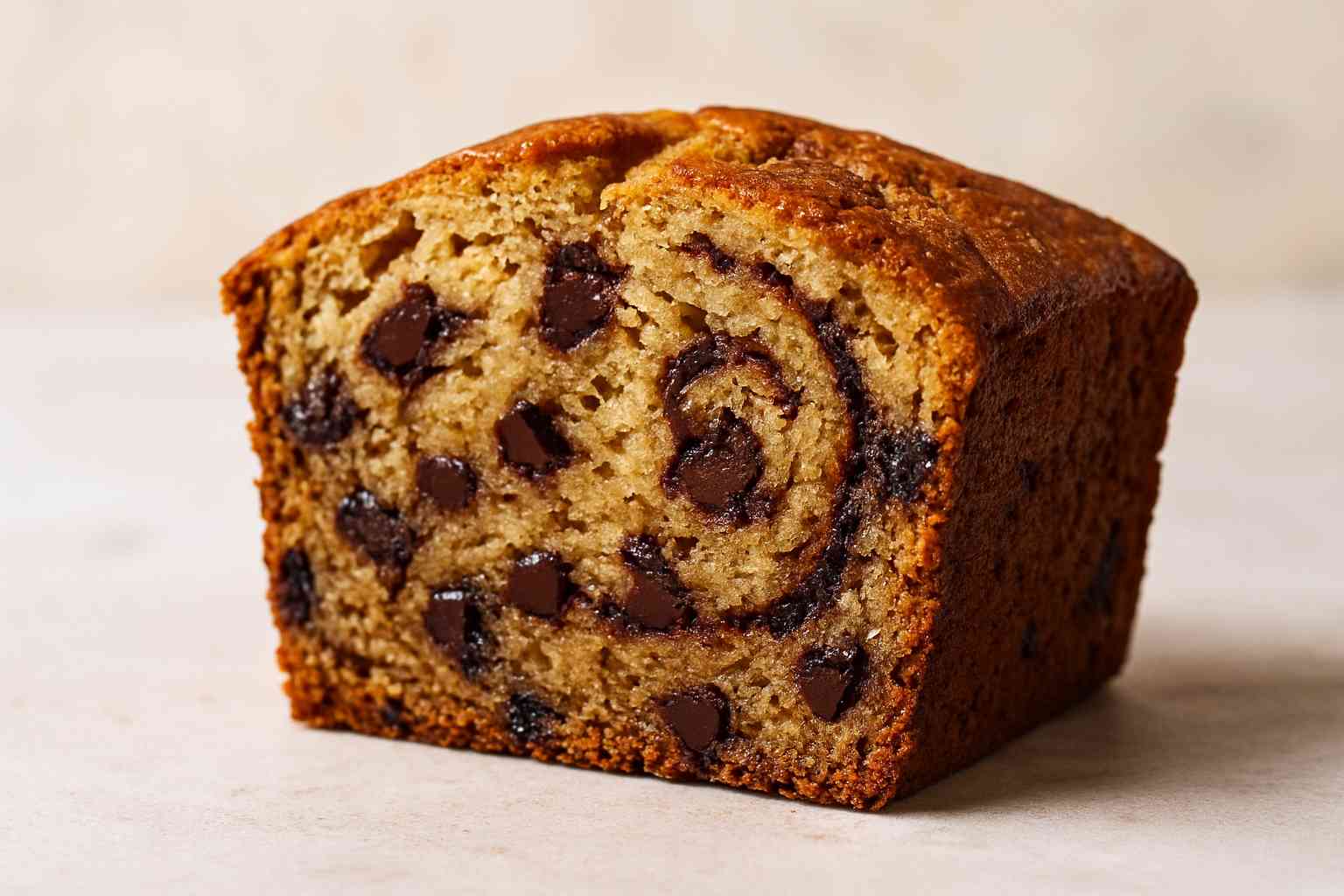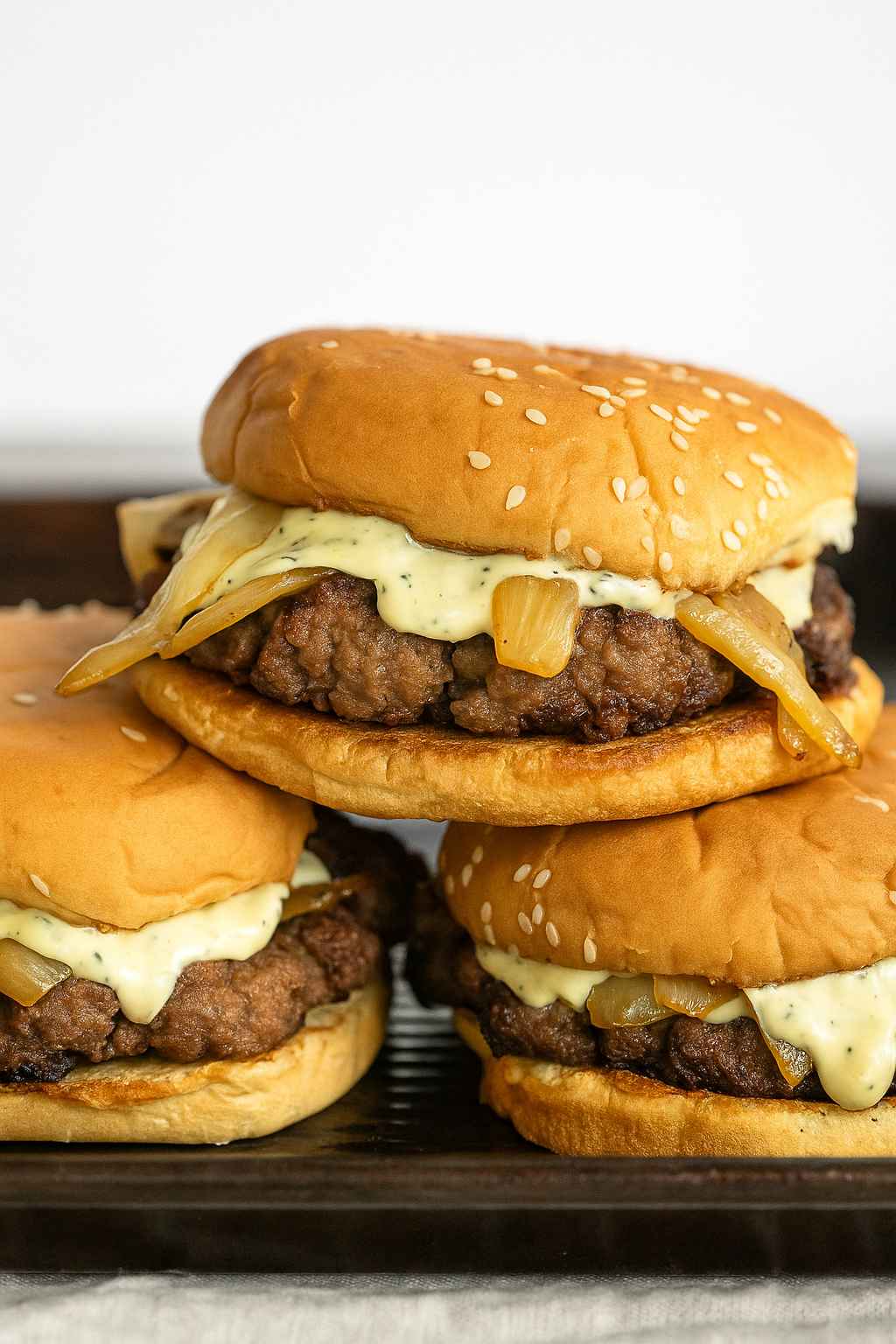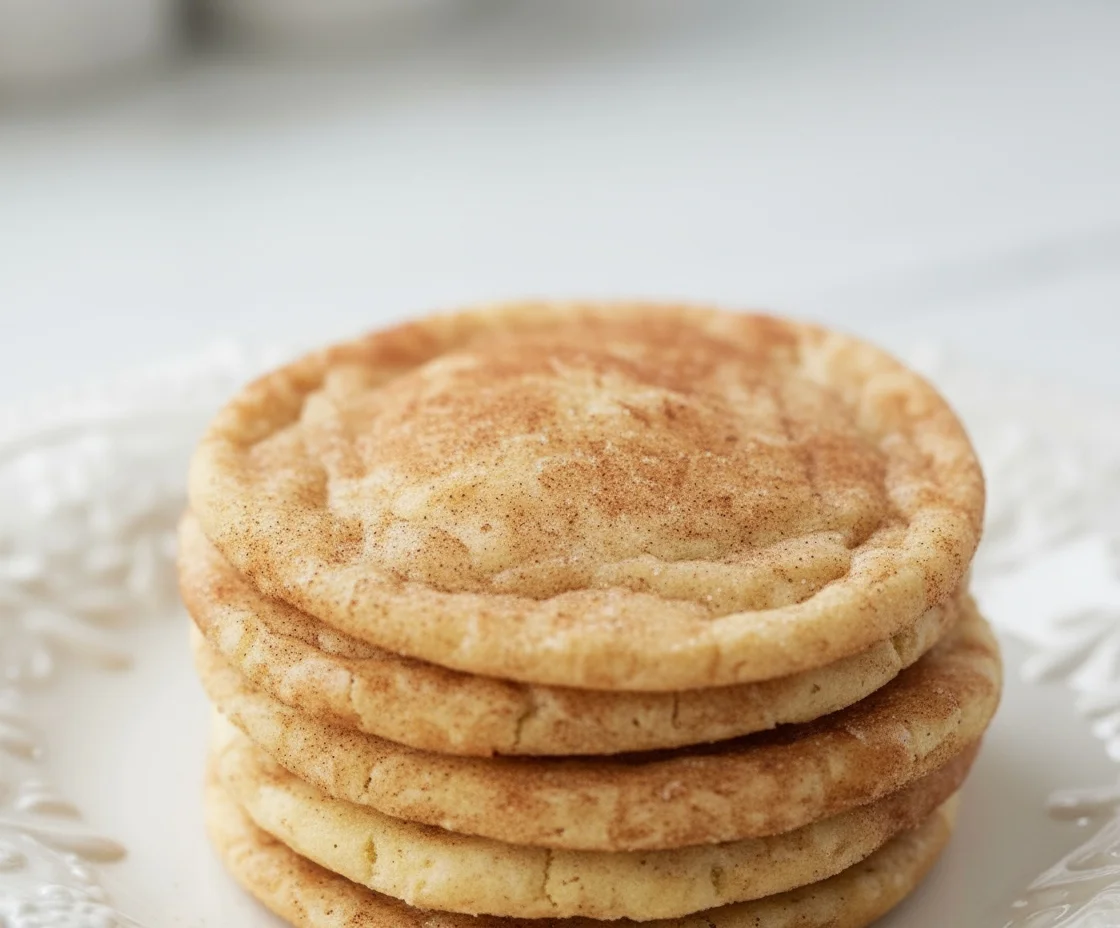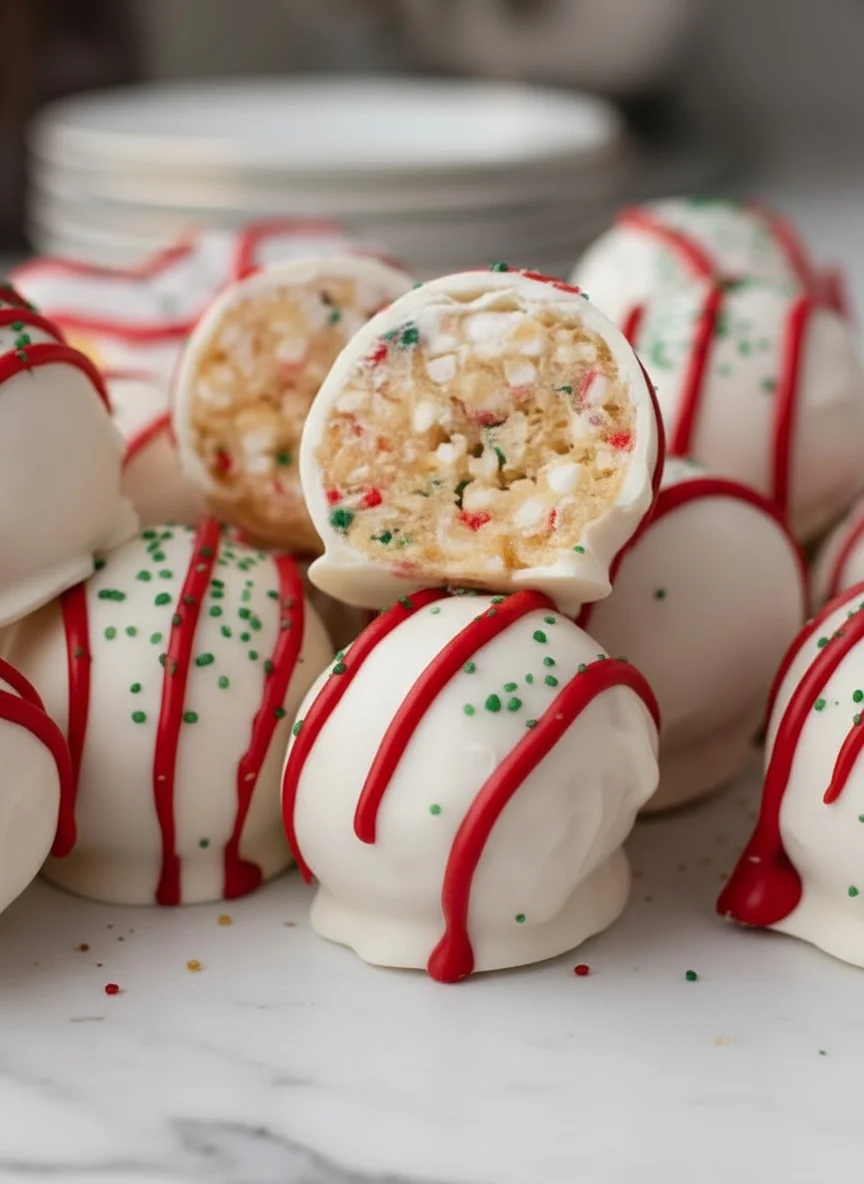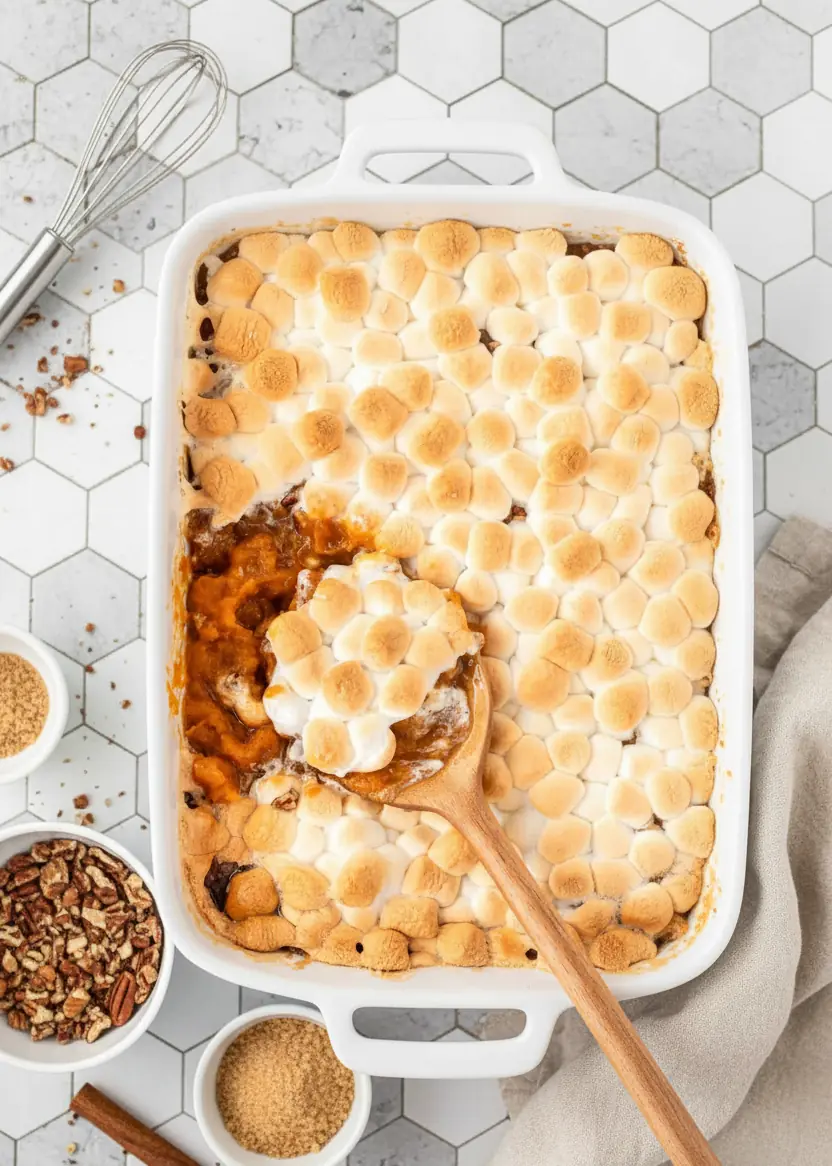Banana bread deserves more than a dry loaf—it should reward you with tender, buttery slices bursting with banana flavor. In this guide, you’ll learn how to make moist banana bread every time, using simple tricks and pantry staples. Whether your bananas are perfectly ripe or overripe, these expert tips ensure a cake-like crumb and rich taste. From understanding which flours trap moisture to mastering the right bake time, you’ll soon enjoy loaf after loaf of moist banana bread that stays soft for days. Ready to transform your next batch? Let’s dive into why moisture matters and how to achieve it.
Introduction
Banana bread deserves more than a dry loaf—it should reward you with tender, buttery slices bursting with banana flavor. In this guide, you’ll learn how to make moist banana bread every time, using simple tricks and pantry staples. Whether your bananas are perfectly ripe or overripe, these expert tips ensure a cake-like crumb and rich taste. From understanding which flours trap moisture to mastering the right bake time, you’ll soon enjoy loaf after loaf of moist banana bread that stays soft for days. Ready to transform your next batch? Let’s dive into why moisture matters and how to achieve it.
Part 1 – Why Moist Banana Bread Matters
Moist banana bread stands apart from its drier counterparts in both texture and enjoyment. First, it creates a tender crumb that practically melts on the tongue. That softness comes from the right balance of wet and dry ingredients—bananas, oil or butter, and milk or yogurt—working together to lock in moisture. When you bite into a slice of moist banana bread, you taste creamy banana pockets and feel the cake-like structure, rather than a crumbly, parched crumb.
Second, moisture extends shelf life. A loaf that stays soft for three or four days reduces waste and delivers fresh flavor through midweek breakfasts or snacks. Conversely, a dry loaf can begin to feel stale within 24 hours, pushing you to reheat or toss leftovers prematurely. With a reliably moist banana bread recipe, your batch lasts longer without sacrificing quality.
Third, texture influences perception of flavor. A well-hydrated crumb distributes aromatic banana notes and sweeteners evenly. Each bite brings banana’s natural sweetness and any added mix-ins—chocolate chips, nuts, or spices—right to the foreground. Dry loaves, by contrast, mute these highlights and leave you chasing flavor with frosting or spreads.
Finally, mastering moisture in banana bread builds baking confidence. Once you understand how ingredients like mashed bananas, yogurt, and oil affect the loaf’s hydration, you can apply those lessons to muffins, pancakes, and quick breads. You’ll learn that tweaking a recipe—adding an extra tablespoon of oil or substituting part of the flour for oat flour—can make the difference between a decent loaf and the best moist banana bread you’ve ever tasted.
Next up, we’ll explore the key ingredients and the science behind moisture retention in your banana bread, so you can tweak ratios for perfectly tender results every time.

Part 2 – Key Ingredients & Science of Moisture
Understanding which ingredients contribute moisture—and how they interact—is the first step toward foolproof banana bread. Let’s break down the key players and the science that keeps your loaf tender:
1. Ripe Bananas (Pureed Moisture & Flavor)
Mashed bananas serve as both primary flavor and liquid. As bananas ripen, their starch converts to sugar and water content increases, so always aim for speckled, brown-spotted fruit. Use 1 cup of mashed banana (about 2–3 medium bananas) for every 1½ cups of flour to ensure a tender, banana-forward crumb.
2. Fat: Oil vs. Butter
Fats coat flour proteins, inhibiting excessive gluten formation, which leads to a softer, more tender bake.
- Oil (vegetable, canola, or melted coconut) stays liquid at room temperature, producing moister, longer-lasting bread.
- Butter adds richer flavor but can solidify in cooler environments, lending a slightly firmer texture. If you prefer butter, consider adding an extra tablespoon of banana or yogurt to compensate.
3. Milk or Yogurt (Dairy’s Dual Role)
Adding 2–4 tablespoons of milk or yogurt contributes extra water and fat, enhancing moisture retention.
- Yogurt (plain or Greek) also supplies acidity, which reacts with baking soda to create lift and a fine crumb.
- Buttermilk works similarly, imparting light tang.
4. Sugar: Humectant Effect
Sugar doesn’t just sweeten—it attracts and holds water. Using ¾ to 1 cup of granulated or brown sugar draws moisture into the crumb, slowing staling. Brown sugar’s molasses content adds extra moisture and depth of flavor.
5. Flour & Binding Agents
- All-Purpose Flour provides structure, but absorbing too much liquid can dry the loaf.
- Whole Wheat or Oat Flour can be used for part of the flour (up to 25%), but they absorb more liquid—balance with extra banana or yogurt.
- Eggs provide moisture and act as emulsifiers, distributing fat and liquid evenly.
6. Leavening Balance
Use 1 teaspoon baking soda paired with the yogurt or buttermilk’s acidity. Proper leavening ensures the interior sets before moisture escapes, trapping steam inside the crumb.
By tuning these ingredients—ripe bananas for natural moisture, oil for tenderness, dairy for lift, sugar for water retention, and balanced flours—you’ll craft banana bread that stays moist, flavorful, and soft for days. Next, we’ll explore five creative banana bread variations.
Part 3 – Five Banana Bread Variations
Transform your basic banana bread into crowd-pleasing loaves with these five easy twists—each using the same moist base plus simple add-ins:
1. Chocolate-Chip Banana Bread
- Add-Ins: ½ cup semi-sweet chocolate chips folded into batter.
- Tip: Gently toss chips in a tablespoon of flour before mixing to prevent sinking. The melty pockets of chocolate complement the banana’s sweetness perfectly.
2. Walnut & Cinnamon Swirl
- Add-Ins: ½ cup chopped walnuts plus 1 teaspoon ground cinnamon stirred into the batter.
- Swirl: Reserve 2 tablespoons batter, mix with cinnamon, and swirl into the loaf top with a skewer before baking. Walnuts add crunch, while the cinnamon swirl creates a bakery-style finish.
3. Blueberry Almond Banana Bread
- Add-Ins: 1 cup fresh or frozen blueberries and ¼ cup sliced almonds.
- Tip: Fold berries in last to minimize color bleed; scatter almonds atop the loaf for a toasted nut topping that toasts as the bread bakes.
4. Coconut-Pecan Banana Bread
- Add-Ins: ½ cup shredded coconut and ½ cup chopped pecans integrated throughout.
- Flavor Boost: Toast coconut and pecans lightly in a dry pan before folding in to amplify their nuttiness and prevent sogginess.
5. Pumpkin-Spice Banana Bread
- Adaptation: Replace ¼ cup of mashed banana with ¼ cup pumpkin purée, and stir in 1 teaspoon pumpkin-pie spice.
- Moisture Tip: Since pumpkin purée adds extra water, reduce milk or yogurt by 1 tablespoon to maintain optimal crumb.
Baking Notes for All Variations:
- Pour batter into a greased 9×5-inch loaf pan.
- Bake at 350 °F for 55–65 minutes, until a toothpick inserted in the center comes out clean or with moist crumbs.
- Cool in pan 10 minutes before transferring to a wire rack to prevent soggy bottoms.
These five variations let you repurpose overripe bananas into breakfasts, snacks, or dessert-worthy treats—each loaf delightfully moist and uniquely flavored. Next, we’ll tackle troubleshooting common banana bread woes and texture-enhancing hacks.

Part 4 – Troubleshooting & Texture Hacks
Even the best banana bread can hit a snag—follow these tricks to ensure a perfect loaf every time:
Dry, Crumbly Loaf?
- Solution: Increase liquid or fat. Add 1–2 tablespoons milk, yogurt, or oil to the batter. Ensure bananas are fully ripe (more moisture) and reduce flour by 2 tablespoons if needed.
Dense, Heavy Texture?
- Cause: Overmixing develops gluten or too much heavy flour absorbs moisture.
- Fix: Stir dry and wet ingredients only until just combined—avoid beating. Use a gentle folding motion to preserve air pockets.
Sunken Center?
- Cause: Batter too wet, oven temp too low, or under-leavened.
- Solution: Verify oven temperature with an oven thermometer. Check that leaveners are fresh. Reduce added liquid slightly and bake until a tester comes out with moist crumbs.
Soggy Bottom?
- Cause: Loaf cools in pan, trapping steam.
- Fix: Remove loaf from pan after 10 minutes and cool on a wire rack. Ensure pan is well-greased or lined with parchment to release easily.
Uneven Bake or Overbrowned Edges?
- Cause: Oven hotspots or thin pan.
- Tip: Rotate the pan 180° halfway through baking. Use an insulated, heavy-duty pan to prevent rapid edge browning.
Flavor Too Mild?
- Enhancement: Stir in 1 teaspoon vanilla extract or ¼ teaspoon almond extract. Boost sweetness with an extra tablespoon of brown sugar for caramel notes.
Extra Moisture Lock:
- Syrup Soak: Brush warm loaf with a simple syrup (equal parts sugar and water heated until dissolved) immediately after baking to lock in moisture.
With these troubleshooting tips and texture hacks, your banana bread will consistently emerge moist, flavorful, and perfectly textured. Next, we’ll cover make-ahead storage and presentation strategies to keep your loaves fresh and appealing.
Part 5 – Make-Ahead & Storage Strategies
Advance Baking
- Freezer-Friendly Slices: Bake loaves completely and cool. Slice into ¾-inch pieces, wrap individually in plastic wrap, then freeze in a zip-top bag. Pull slices out to thaw at room temperature or toast directly from frozen.
- Mini Loaves & Muffins: Use a mini-loaf pan or muffin tin to bake smaller portions. These bake 20–25 minutes and portion perfectly for one or two servings, cutting waste.
Long-Term Freshness
- Room-Temperature Storage: Store whole loaves or slices in an airtight container or resealable bag at room temperature for up to 3 days—softened bananas and sugar preserve moisture.
- Refrigeration: For humid climates, refrigerate wrapped loaves to prevent mold; bring to room temperature or toast before serving to restore softness.
- Freezer Life: Wrapped and bagged, banana bread stays fresh up to 3 months. Avoid freezer burn by removing excess air from storage bags.
Serving & Presentation
- Warm & Buttered: Lightly toast slices and spread with butter or cream cheese for a gooey finish.
- Fruit & Yogurt Pairing: Serve alongside fresh berries and a dollop of Greek yogurt for balanced sweetness and protein.
- Layered French Toast Casserole: Cube leftover bread and layer in a buttered casserole dish with an egg–milk mixture; bake at 350 °F for 25 minutes for a brunch-worthy treat.
With these make-ahead tactics and serving ideas, your moist banana bread becomes a versatile staple—ready for breakfast, snack time, or dessert on demand.
FAQ
What makes banana bread moist and fluffy?
Using ripe bananas, a portion of oil over butter, and adding yogurt or milk helps retain moisture and tenderize the crumb.
Can I substitute ingredients to keep it gluten-free?
Yes—replace up to 25% of the all-purpose flour with almond or oat flour, and add ¼ teaspoon xanthan gum to mimic gluten’s structure.
How do you keep banana bread from sinking in the middle?
Ensure your oven is fully preheated, use fresh baking soda, and avoid overloading batter with heavy mix-ins that weigh down the center.
What’s the best way to reheat banana bread?
Toast slices lightly in a toaster or oven, or microwave for 10–15 seconds wrapped in a damp paper towel to refresh moisture.
Conclusion
Mastering moist banana bread hinges on balancing ripe fruit, fat, and dairy or yogurt to lock in water and tenderize crumbs. By applying the expert tips, exploring recipe variations, and leveraging make-ahead and storage strategies, you’ll enjoy perfect, flavorful loaves whenever the banana alert dings. Whether you savor it plain, topped with yogurt, or transformed into French toast, this versatile quick bread is sure to become a kitchen favorite—soft, moist, and endlessly customizable.
